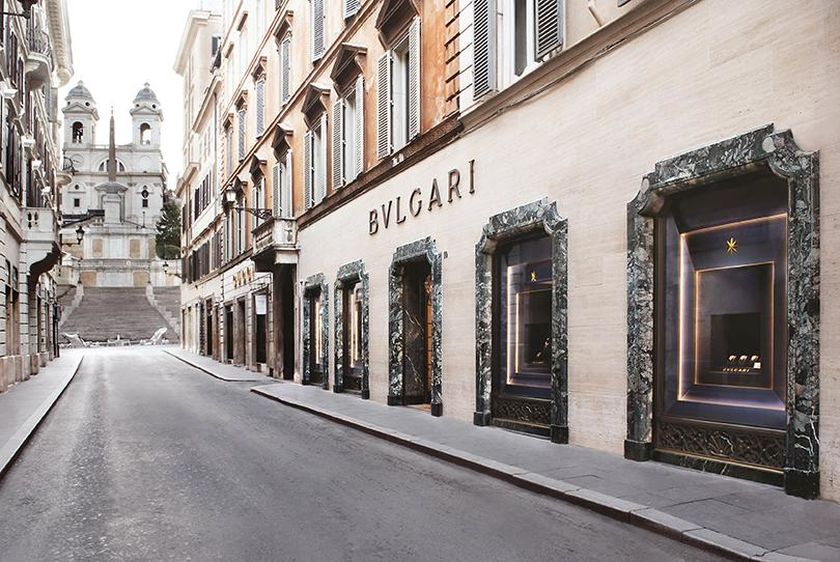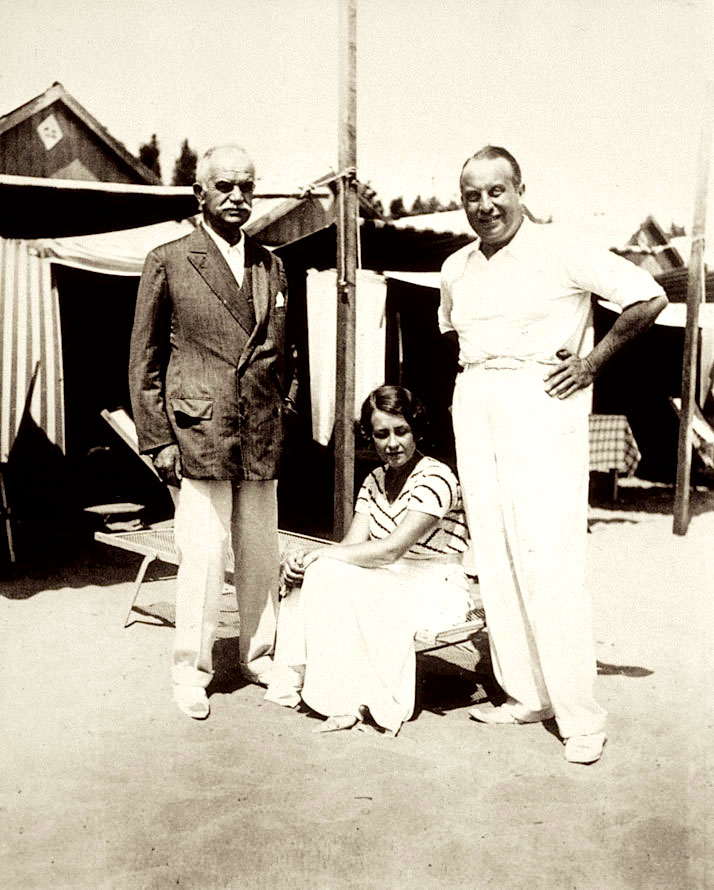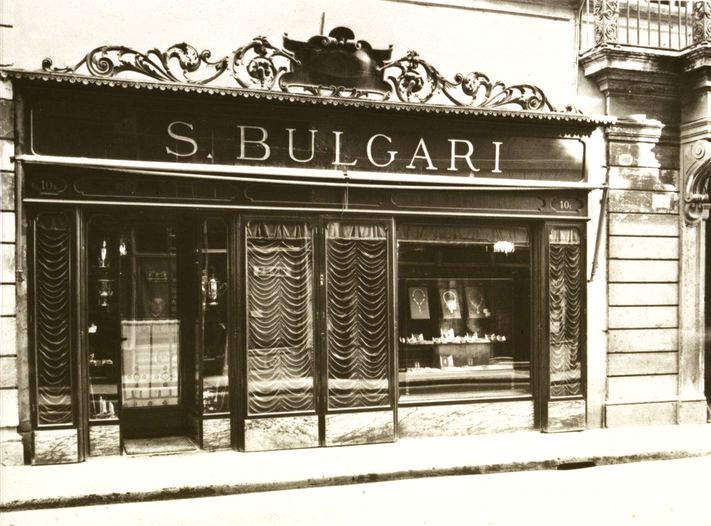“I introduced Liz to beer, she introduced me to Bulgari,” Richard Burton famously said during the filming of Cleopatra in 1963 in Italy.
“The only word Elizabeth [Taylor] knows in Italian is Bulgari,” he would tell friends after having made a lavish purchase for her 40th birthday in 1972.
Founded in Rome in 1884 by the talented Greek silversmith Sotirio Bulgari, the BVLGARI brand quickly established a reputation for Italian excellence and exquisite craftsmanship.

But who was Sotirio Bulgari? And how did he manage to create a brand which has come to be so enduringly synonymous with elegance?
Sotirios Vouglaris was born in March 1857 in the village of Paramythia in north-western Epirus and was one of eleven children to his father Georgios Voulgaris and his mother Eleni Stronggaris, however, fate intervened and Sotirios ended up the sole surviving child in the family.
While he was young, Sotirios was trained in the family silversmithing business by his father; following a devastating village fire, both father and son decided to move to the Ionian island of Corfu, where Sotirios would meet his future business partner, Demetrios Kremos.
In 1880 Sotirios and Kremos sailed to Naples where they opened their first store. Unfortunately, the store was robbed and so in 1881 the two men made their way to Rome in the hope of better fortune. As their business grew, their friendship grew apart and the two eventually went their separate ways.

Changing his name to Sotirio Bulgari (the Italianised version of his name in Greek), he established a store in Via Sistina in 1884. In 1904, along with two of his sons Constantino and Giorgio, he opened a shop in Rome’s famed Via dei Condotti – which remains Bulgari’s flagship store to this day – propelling the brand into the high-end luxury market.
While silver, both jewellery and objects, laid the foundation for Bulgari’s fame, Sotirio continually developed his range, staying current with prevailing trends. During the 1910s and 20s his works reflected the Art Déco designs of the French School, incorporating platinum, diamonds and other precious stones into his creations. Following Sotirio’s death in 1932, under the careful management of his sons the house continued its expansion. The pair remodelled their stores and added the distinctive BVLGARI logo in 1934, when its gilded brass letters graced the central doorway of the Via dei Condotti store.

Constantino and Giorgio continued to make changes, first embracing yellow gold and then moving away from traditional French styles, instead turning to their dual cultural heritage and taking inspiration from the styles of ancient Greece and Rome, as well as from the splendour of the Italian Renaissance.
Now with the third generation at the helm Bulgari is bigger than ever. However, despite their hundreds of stores worldwide, as well as a suite of hotels, the Bulgari clan have not forgotten their roots. To this day, the jewellery store where it all began, in the village Paramythia, survives.












